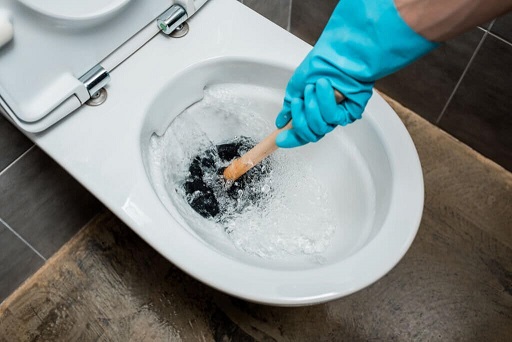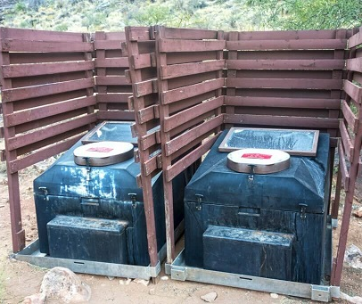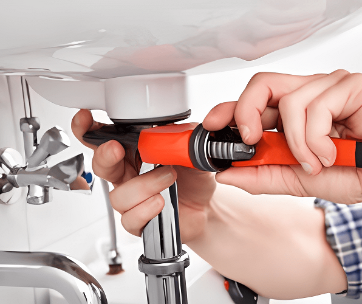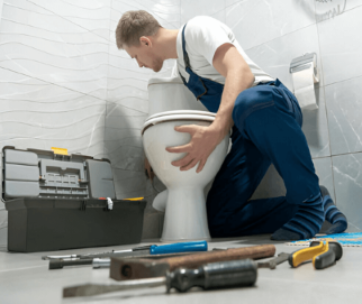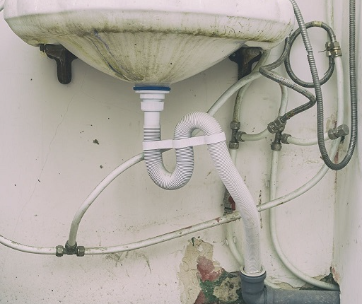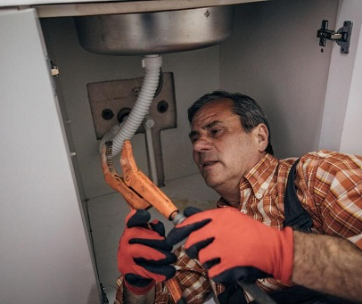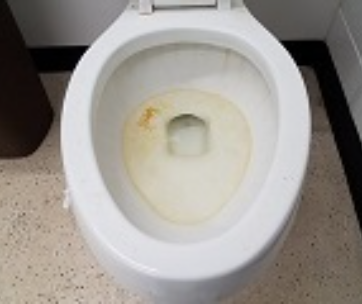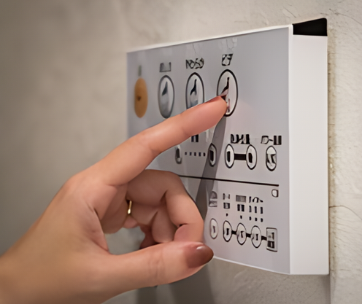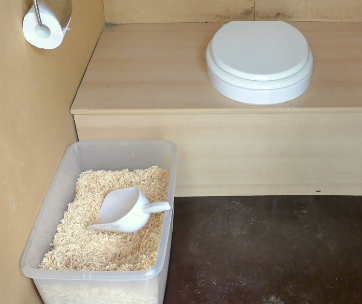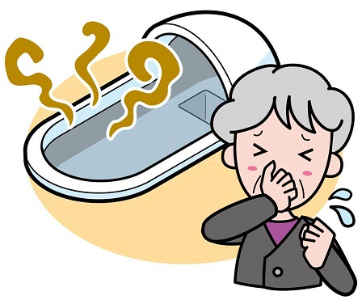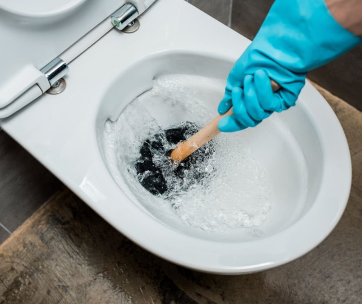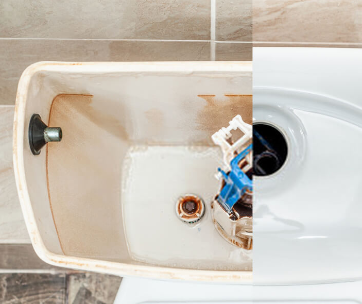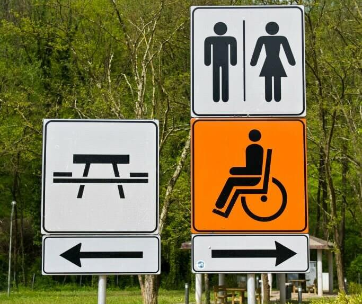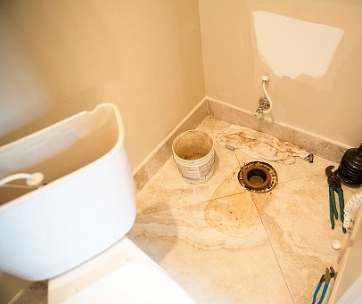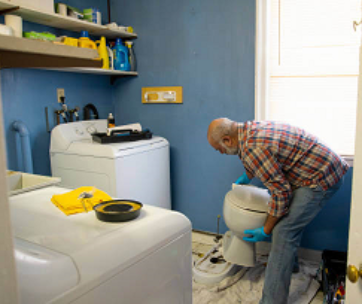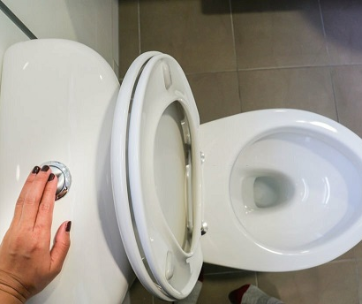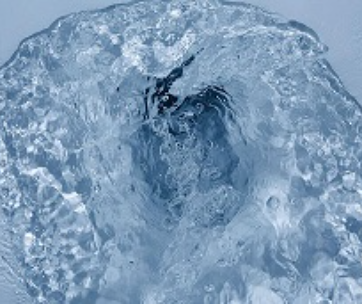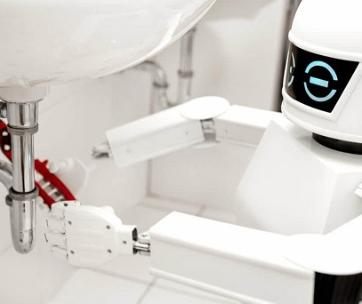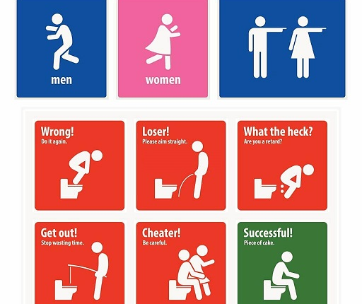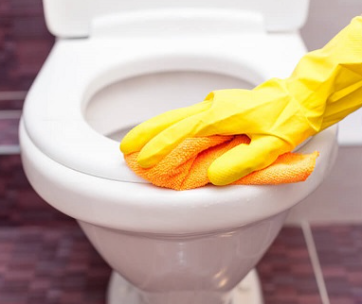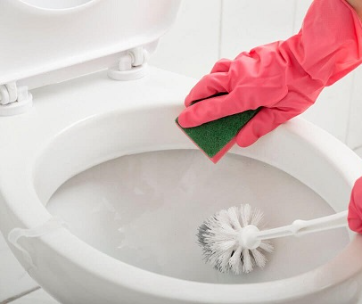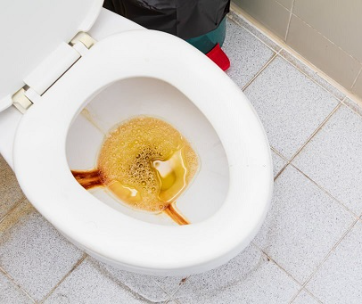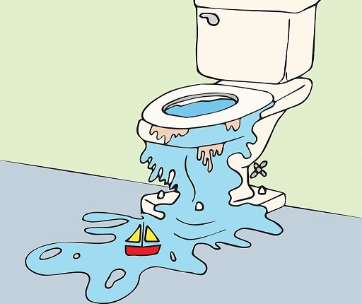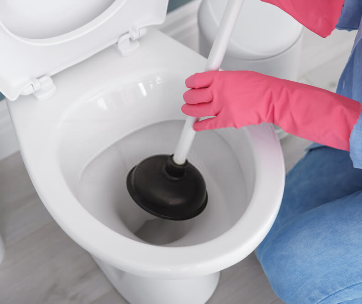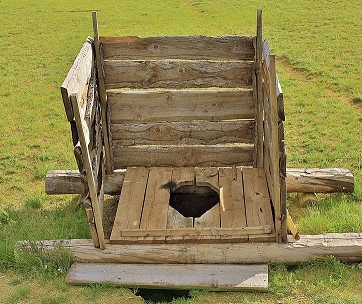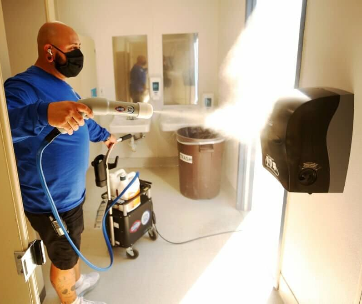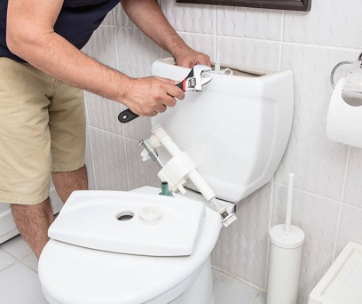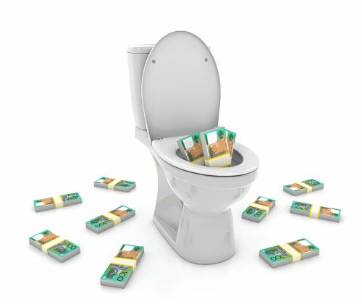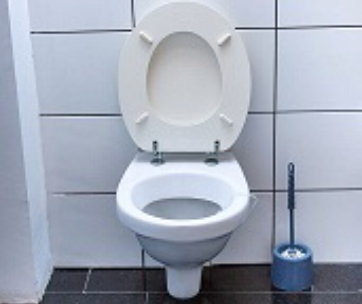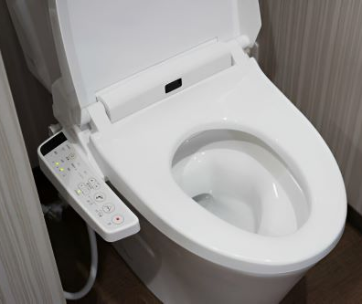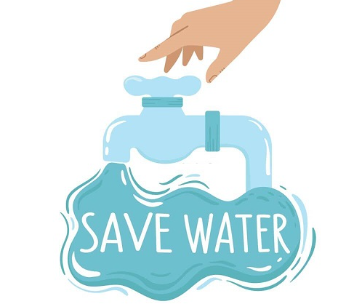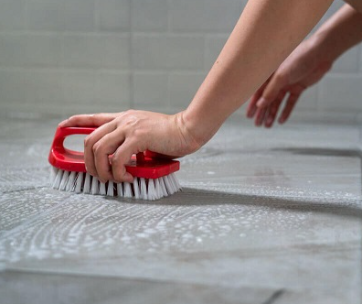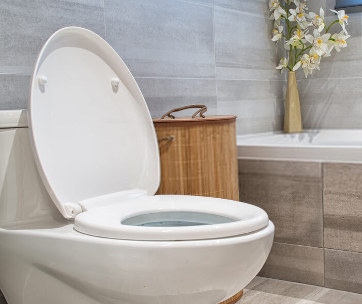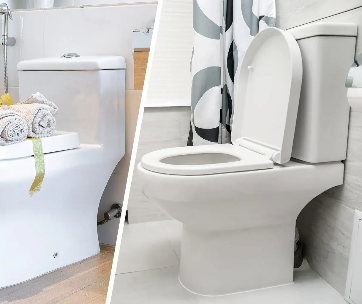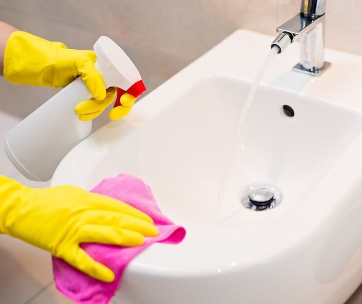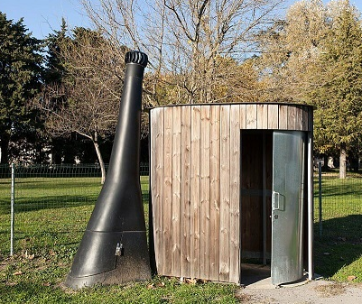How to Drain a Toilet
Toilets do not get the care and cleaning they deserve despite the huge roles they play in households. They require regular cleaning, repair, routine maintenance, or in some cases, complete removal. Draining a toilet is often a crucial step before carrying out these activities.
Calcium or limescale build-up in the toilet resembles a dry, white, chalky substance around the toilet bowl. It puts a lot of stress on your plumbing and might lead to clogs and leaks over time. Partially draining the toilet bowl allows you to reach the affected areas and scrub away the calcium deposits.
Generally, when cleaning the toilet, the less water in the bowl, the more effectively you will be able to clean.
When inspecting for various toilet issues including leaks, cracks, or clogs, most plumbers will prefer working with a completely drained toilet bowl for the best results. On the other hand, replacing the toilet altogether necessitates draining both the toilet tank and bowl to avoid accidental spills.
Whether you need to clean, repair, or replace your toilet, we will show you a few practical methods to partially or completely drain the toilet.
Prep the Bathroom
First things first, you want to gather the required tools and lay down some old towels or rags to catch any accidental spills. Keep in mind that you want to drain the toilet cistern first then proceed with the toilet bowl.
Depending on the methods you apply, you will only need a few of the tools listed below:
- Large absorbent sponge or washcloth
- Old cloth or towel
- Plastic/paper cup or bowl
- Rubber protective gloves
- Flexible hose
- Bucket for collecting and dumping out water
- Toilet plunger
- Adjustable wrench
- Sharp knife
- Wet-dry vacuum cleaner
Remember to wear protective gloves when draining the toilet tank and bowl to protect your skin, improve grip, and prevent infections and diseases.
Shut Off the Water Supply and Empty Toilet Cistern
Turn off the water supply to prevent any more water from flowing into the toilet tank by closing the shut-off valve. The shut-off valve is often located at the bottom left side of the cistern and may be closed by turning it clockwise.
Next, flush the toilet by turning the flush lever or pushing the flush button. This will empty most of the water in the toilet tank into the toilet bowl. Hold down the lever or button for a few seconds while exerting a bit more pressure to drain as much water as possible.
Each flush will always leave about an inch-deep of water in the tank, so you might need to sop or bail it out by hand. Remove the tank lid and gently place it somewhere safe then prepare to remove the remaining water in the tank.
How to Drain the Toilet Tank
Using a sponge, an old towel, or a washcloth, soak the tank water and wring it into the collecting bucket, toilet bowl, or sink. If you don’t have a bucket nearby, wring out the water into the toilet bowl to prevent cross-contamination.
Repeat the process until the cistern is fully drained.
Draining a Toilet Tank That Won’t Flush
For toilets that won’t flush either due to a faulty flapper, broken chain, or fill valve issue, there are a few methods you can use to drain the tank. While some of the solutions are pretty much straightforward, others will require you to use a fancy-looking pump.
Lift the Flapper or Loosen the Fill Valve Nut
If the lift chain is broken or detached from the flapper, the flapper won’t be lifted resulting in a toilet that won’t empty water into the toilet bowl. You will want to manually flush the toilet by lifting the flapper to drain out most of the water into the bowl.
Alternatively, you can go the harder route by loosening the plastic nut connecting to the fill tube apparatus.
Place a bucket underneath the cistern just below the nut to collect the tank water. Using your adjustable wrench unscrew the plastic nut. Hold and turn the nut clockwise until it disconnects from the toilet. Leave the water to completely drain into the bucket.
If the nut is stuck, you can either loosen it using heat, calcium or rust dissolvers, or WD-40 spray.
Use an appliance with mild heat such as a hairdryer to heat the plastic until it softens a bit. Then try to gently unfasten it with the wrench. Calcium build-up or rust might be the cause of the nut sticking, so a calcium or rust dissolver should do the trick.
In either method, be sure to use the sponge or towel to remove any water left after “flushing” the toilet. Alternatively, you can choose not to tamper with any of the toilet parts and dump out the water by scooping, sopping, or pumping it out.
Bail Out the Water
Scoop the water out of the cistern using a plastic cup or bowl and dump it into the bucket or toilet bowl. It is a slow process but it gets the job done. If necessary, you can finish off by wiping any droplets left using a cloth or sponge.
Sop up the Water
Use a large sponge or washcloth to soak up the water in the tank. Then, wring it out in a bucket and repeat until you’re satisfied with the results. You probably want to bail out the water first as emptying almost two gallons of water with only a sponge can be very strenuous and tedious.
Use a Water Removal Hand Pump
A slight upgrade to the previous methods, a pump provides a quicker and easier way to remove water from the toilet tank. There are about two main types of pumps you can use to remove water including a liquid transfer siphon pump and a syringe-style pump.
A liquid/fuel transfer siphon pump has an inlet hose, an outlet hose, and a press pump or a siphon bulb. They are essentially the same pumps used to transfer fuel from a car’s gas tank into a carrying container.
To use a fuel transfer pump, start by dipping the inlet hose into the toilet tank and the outlet hose into the bucket or toilet bowl. Then press the pump to build enough pressure to suck in the water. Keep pumping until the water has fully drained from the tank.
Alternatively, you may opt for electric or battery-powered ones for better efficiency, convenience, and hands-free operation. Drill pumps work similarly to the manual option but with the electric power drill doing most of the heavy lifting.
For syringe water removal pumps, the pressure when the plunger is pulled back enables water to be sucked up into the tubing.
With the plunger pushed towards the nozzle, place the nozzle inside the tank water then pull the plunger to draw water in. Release the water into the bucket or toilet bowl by pushing the plunger and repeat the process until you achieve your desired results.
Again, you want to dry up any water left using a sponge or washcloth. Now with the toilet tank fully drained, it is time to focus on the toilet bowl.
Quick Ways to Remove Water from The Toilet Bowl
Most flush toilets have a “J”, “U”, “S”, or “P” shaped trapway leading out to the main drain from the toilet bowl. When the toilet is flushed the wastewater overflows into and through the bend due to increased pressure in the bowl.
The resulting siphon effect in the bend further pushes out the wastewater to the main drain. As more water flows into the bowl, the initial water level is sustained – which helps seal off putrid sewer gasses.
So, if you want to drain the toilet bowl then you will have to either remove the water from the bowl or push it through to the main drain.
While flushing the toilet bowl with a bucket of water might seem counterintuitive, it greatly reduces the water level in the bowl. The rapidly flowing water from the bucket creates a suction effect in the pipe allowing for more water to flow out of the bowl.
Fill the bucket with about two or three gallons of water and pour the water quickly into the toilet bowl. You want to lift the bucket a few inches above the bowl and rapidly pour the water while slowly lifting the bucket to about a foot over the toilet bowl.
The speed at which the water is flowing into the bowl increases as you lift the bucket higher and higher while pouring.
You can then wipe the rest of the remaining water with a towel or sponge. Other methods of removing water in the toilet bowl include siphoning, plunging, bailing, and wet vacuuming.
For complete toilet removals, you may skip all the work and simply pour out the water after uninstalling the toilet. Be sure to flush the toilet severally to replace the dirty water that is sitting in the bowl with clean water before operating on it. Else, any accidental spills will be a pain to clean up.
Identify a suitable location to drain the bowl, preferably a gravel walkway or the lawn. Once you have removed the toilet, carry it carefully to the location and slowly set it down upright. Tip the toilet bowl slowly backward until the water drains out of the bend. Then tip it gradually forward until it completely drains.
If all that sounds like too much work, then read on for a few more ways to drain a toilet bowl.
Use a Plunger
A toilet plunger is very effective at pushing water out of the bowl, through the trapway to the main drain. Further, it helps unclog any blockages that might be in your toilet plumbing.
Place the flange of the plunger firmly into the opening of the trapway in the bottom of the bowl. Use up-and-down movements to push the water down and through the trapway. The bowl should be empty after about three tries.
Sponge up the small amount of water that remains and voila, you’ve successfully plunged the toilet dry.
If the toilet is clogged, you will need to unclog first using either a plunger, a toilet auger, or other suitable tools. Then you can follow the approaches mentioned here to drain the toilet bowl.
Scoop Out the Water
Like we did with the toilet tank, bailing the water out of the toilet bowl can be done using a plastic cup or bowl and a bucket. Scoop out as much water as possible out of the bowl and into the bucket then sponge out or wipe up the rest.
Siphon Out the Water
A siphon system flows water higher than its source through a siphon tube and out at a level lower than the surface of the source. Ideally, you want the flexible hose to drain water from the toilet bowl into the bucket that’s at a lower level than the toilet bowl.
The hose should be long enough to dip into the bucket and toilet bowl at the same time. If you don’t have a siphoning tube, you may repurpose an old hose by cutting it down to size with a sharp knife. Additionally, ensure there isn’t any waste material in the toilet bowl such as toilet paper for the best results.
To siphon water out of the bowl, follow the steps below:
- Fill up the flexible hose with water from a sink or tub.
- Block both openings of the hose with your thumbs to prevent water from spilling out. If water escapes, air bubbles will be introduced into the hose, which might break the siphoning process.
- Insert one of the ends into the toilet bowl and the other opening into a bucket – all while still plugging the openings.
- Remove the thumbs from the openings and let the water drain from the toilet to the bucket. The water will continue draining as long as the hose stays submerged.
- Sponge up the residue water from the bottom of the toilet bowl.
Use a Wet/Dry Shop Vacuum Cleaner
Vacuuming out the water is another easy way of draining a toilet. Just push a button for wet mode and you’re off to the races. However, always refer to the appliance’s manual for instructions on how to use it especially for tricky tasks like wet vacuuming.
A few checkpoints for most wet vacs include checking the collection tank capacity to ensure it can hold the toilet tank/bowl water, removing the dust filter, and attaching the wet vacuuming nozzle. You don’t want the collection tank to overfill as that only strains the integrated motor.
Remember to safely dispose of the water and don’t forget to clean and disinfect the accessories and canister with clean water and household chlorine bleach. A sponge or washcloth can be used to pick up any remaining water.
Turn Toilet Water into Jell-O
Instead of struggling to get the last drop of water out of the toilet bowl or trapway, you can turn all the water into a solid gel. Water solidifiers turn water into a non-toxic gel within minutes. They are arguably more sanitary and time-saving than most of the methods mentioned above.
You won’t have to dip your hands inside the toilet water when trying to drain the toilet. Once you’re done with your repairs, simply flush the toilet to dissolve and flush away the gel.
Conclusion
Draining a toilet is often an unpleasant but crucial job to perform before repairing or replacing it with a newer model. With a well-drained toilet, there are zero risks of water splashing out of the bowl or tank and possibly ruining your bathroom floor or drywall.
Save yourself from having to clean up an unwanted mess by learning either of the toilet-draining methods discussed above.

